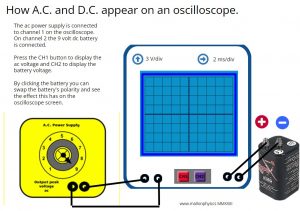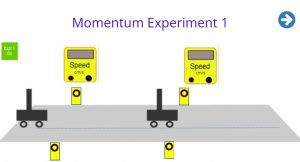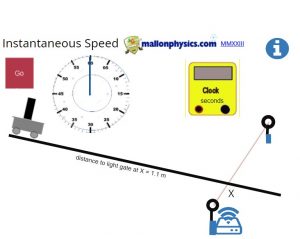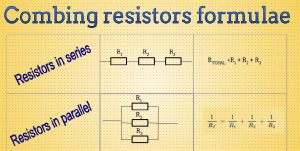What you can find from Redshift.
Changing the subject!
An important skill in physics is to rearrange formulas. Click the picture to watch the lesson movie.

Weight parallel to a slope.
A quick video to calculate the acceleration down a slope.
AC and DC on an Oscilloscope Screen
For Higher Physics students:
- Determine the period and frequency of the ac supply
- Find the rms voltage of the ac signal
Measuring Instantaneous speed
It is impossible to measure the speed of an object at an instant.
It is only possible to find the object’s speed over a small distance and time.
This is achieved using a light gate and a thin card of length say 10 cm.
When the card interrupts the light beam it turns off a light sensor and starts an electronic timer.
The timer stops when the card passes the light beam and the sensor picks up the light signal again.
The near instantaneous speed is calculated by:
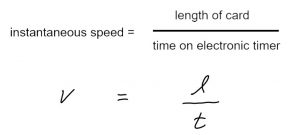
The Hunt for Exoplanets
Click the above picture for information on how astronomers detect exoplanets.
Exoplanets are planets orbiting a star outside our solar system.



